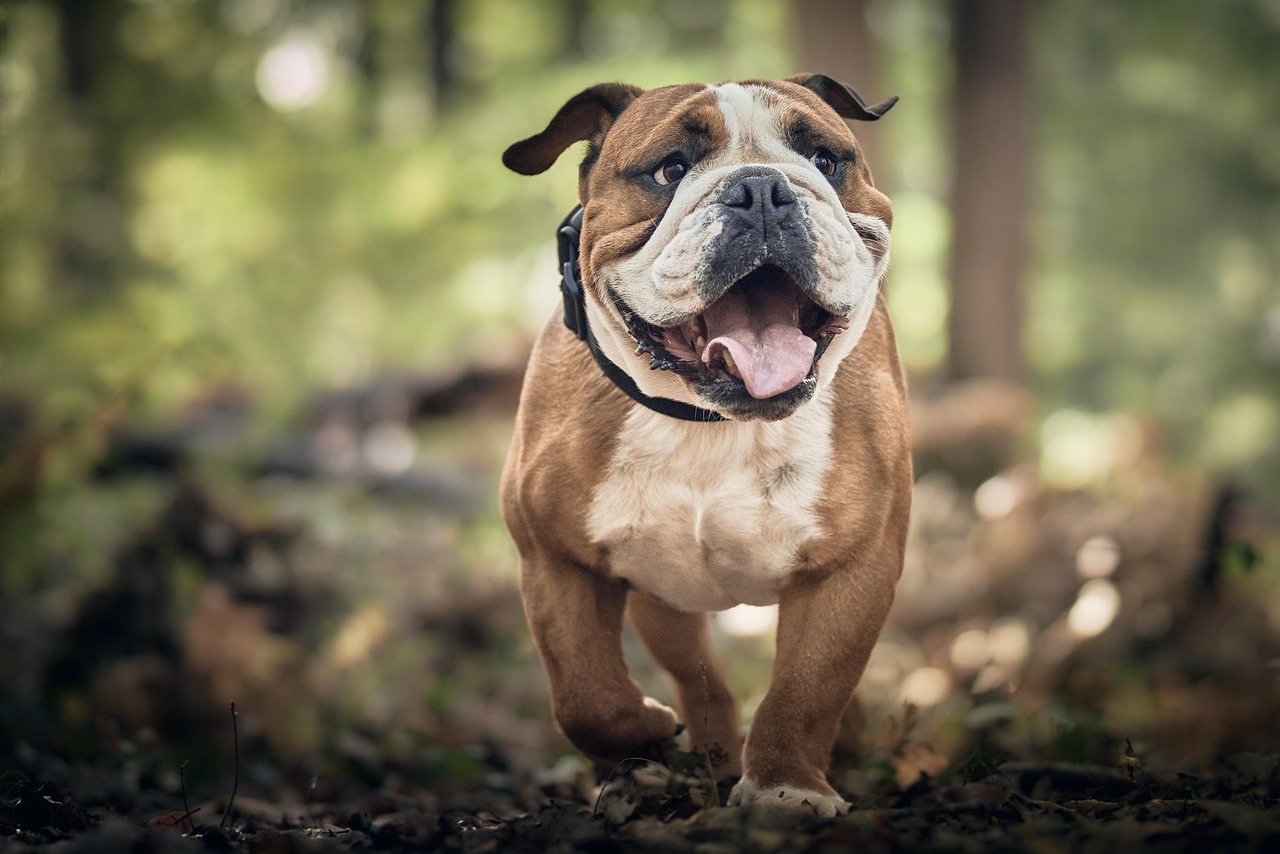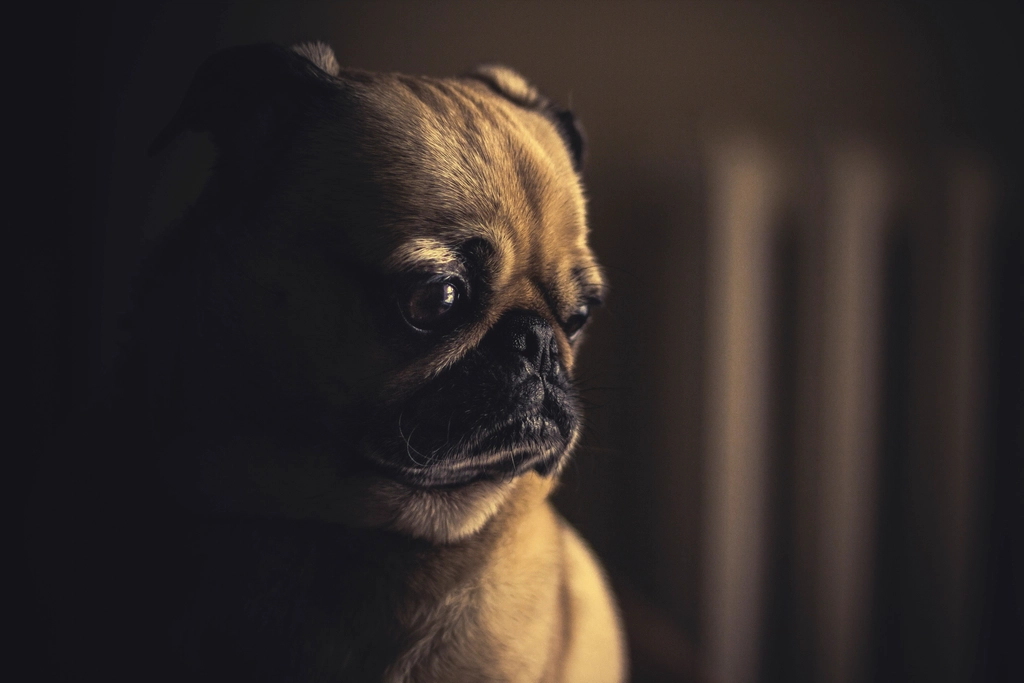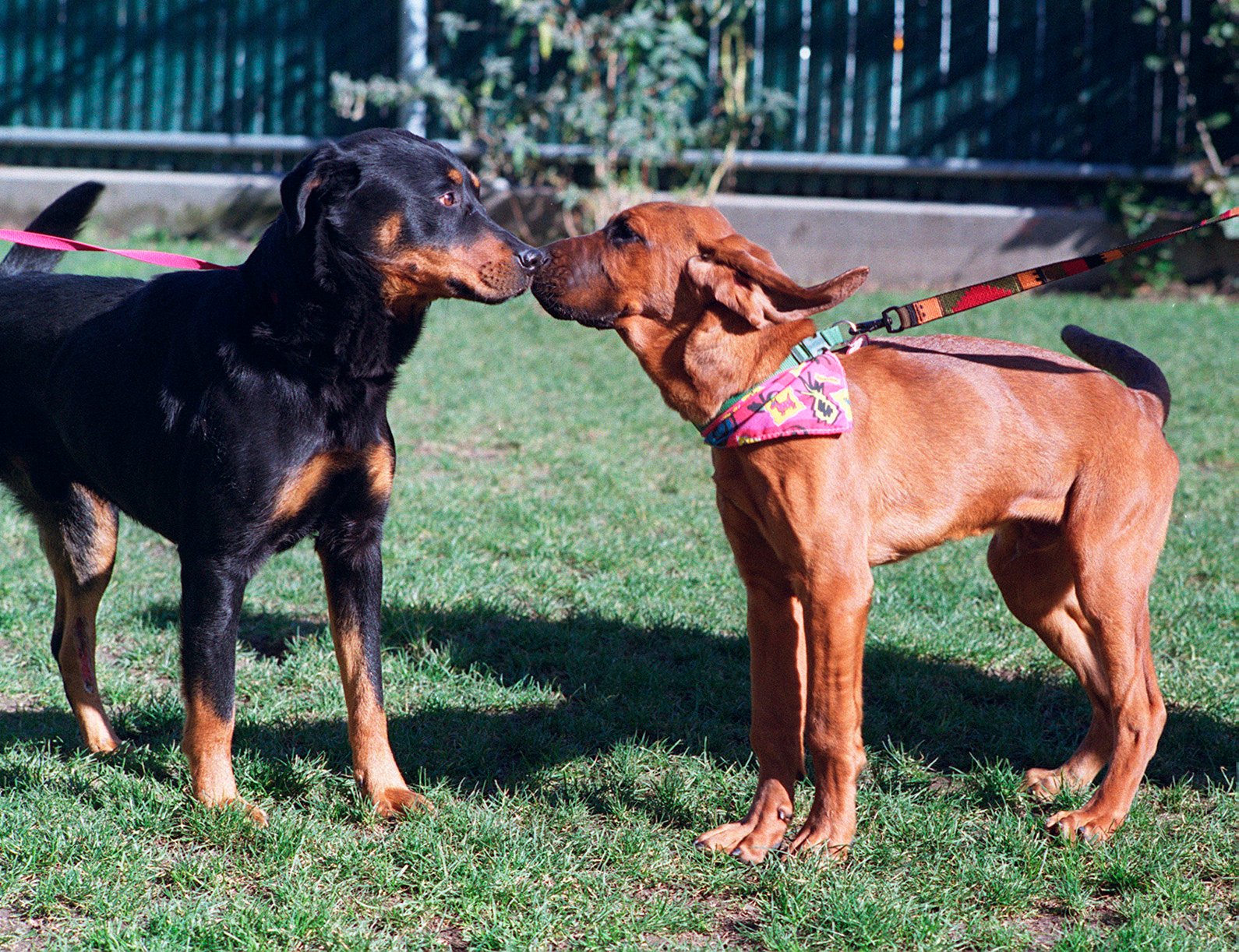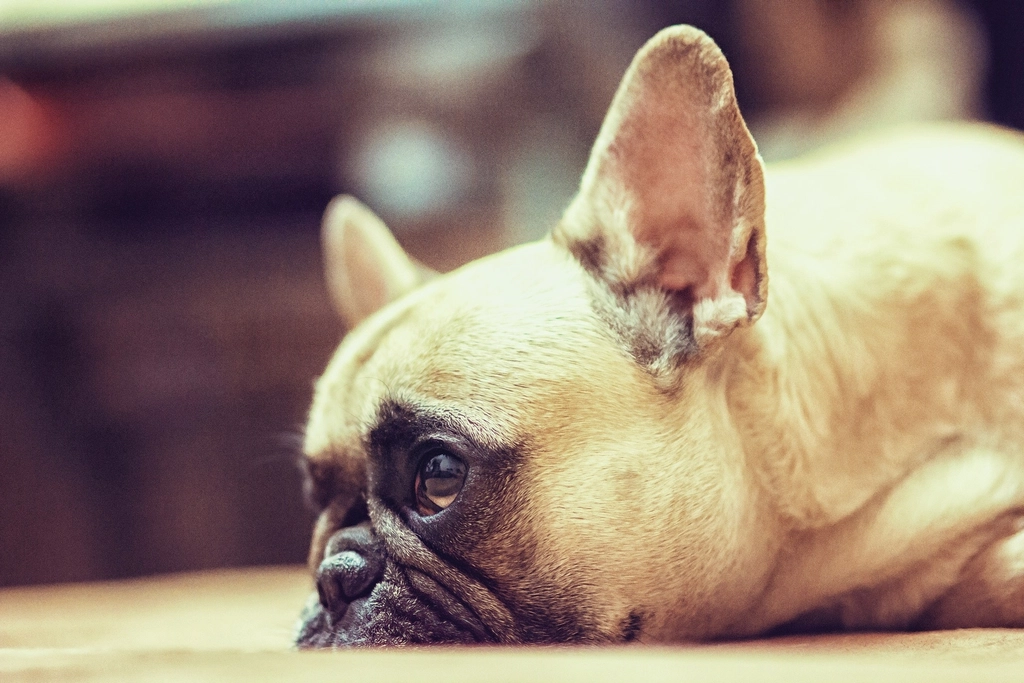Have you ever noticed your dog glaring at you when you pet another pup, or nudging in between you and its canine sibling? For many dog owners, these moments spark an intriguing question: Can dogs actually get jealous of each other? The idea that our furry friends feel complex emotions like jealousy is both fascinating and a little bit shocking. It challenges what we think we know about our pets—and maybe even makes us see a little more of ourselves in them. Today, let’s peel back the curtain on the canine mind and discover what science, behavior, and real-life stories reveal about jealousy in dogs.
Understanding the Emotional Lives of Dogs

Anyone with more than one dog has likely seen it — one pup pushing between you and their sibling for extra attention, or giving side-eye when treats aren’t evenly shared. But is this really jealousy, or just typical dog behavior? Recent research suggests that dogs can experience emotions surprisingly similar to human jealousy, especially when it comes to competing for their owner’s affection. Understanding how and why dogs might feel jealous can help you manage household dynamics and keep the peace between furry family members.
Dogs are more than just playful companions; they are deeply emotional creatures. For centuries, people have wondered what goes on in a dog’s mind. Recent research shows that dogs can feel a wide range of emotions, from happiness and excitement to fear and sadness. But do these emotions extend to more complicated feelings like jealousy? Many dog lovers would argue yes, especially when they see their pet competing for attention. Understanding the emotional world of dogs helps us build stronger, more compassionate bonds with them. It’s important to remember that dogs experience the world differently than humans, but that doesn’t make their feelings any less real. Observing how dogs react in social situations can teach us a lot about their emotional depth. When it comes to dogs, the heart seems to play just as big a role as the tail.
What Is Jealousy in Dogs?
Jealousy in dogs might not look exactly like jealousy in humans, but it shares some surprising similarities. In simple terms, jealousy is that uncomfortable feeling when someone else gets the attention or affection we crave. For dogs, this often means trying to get between you and another pet, whining, or acting out when they feel left out. Unlike envy, which is about wanting what others have, jealousy is about protecting something important—like your love. If you notice your dog acting differently when you show another pet affection, it could be a sign of jealousy. Some experts say this behavior is rooted in a dog’s instinct to secure resources—like food, toys, or your time. Dogs are social creatures, and relationships matter to them. When they sense a threat to their place in your heart, their jealous side can come out.
Common Signs of Jealousy Between Dogs
Jealousy in dogs can show up in many ways, and sometimes it’s downright hilarious. You might see your dog squeezing into your lap while you cuddle another, or barking loudly when another pet gets a treat. Some dogs will push their way between you and another dog, or even nudge your hand away from the other pet. Others may sulk in the corner, looking sad or withdrawn. More dramatic signs include growling, snapping, or guarding behavior. These reactions are a dog’s way of saying, “Hey, what about me?” Not all dogs show jealousy the same way; some are subtle, while others put on a full performance. Watching for these signs can help you understand what your dog is feeling, and why it might act out when sharing you with another furry friend.
Why Do Dogs Get Jealous?

The root of jealousy in dogs often comes down to competition. Dogs are pack animals, hard-wired to pay attention to their social standing. In the wild, resources like food, space, and attention are limited, so dogs have evolved to be alert to any threats to their place in the pack. When a new dog or even a favorite toy enters the picture, your dog could see it as competition for your affection or resources. This instinct doesn’t just disappear in the comfort of our homes. Sometimes, the jealousy is triggered by changes—like a new puppy, or a shift in your routine that gives another dog more attention. Understanding why dogs get jealous helps us respond with empathy instead of frustration, and it gives us insight into their need for connection and security.
How Jealousy Affects Dog Behavior
Jealousy can bring out some surprising behaviors in dogs, both positive and negative. Some dogs become more affectionate, seeking extra cuddles and attention from you. Others may act out with barking, whining, or destructive behavior like chewing up shoes or furniture. In multi-dog households, jealousy can sometimes spark squabbles or even fights if not managed carefully. Dogs may also develop anxiety or start avoiding certain situations altogether. On the flip side, a little bit of jealousy can be harmless and even funny—like when your dog insists on being the center of attention. It’s important for owners to spot the difference between harmless antics and behaviors that could signal deeper issues. Left unchecked, jealous behavior can create tension in your home and make life stressful for both you and your pets.
Jealousy or Resource Guarding? Knowing the Difference
It’s easy to confuse jealousy with resource guarding, but they aren’t exactly the same. Resource guarding is when a dog tries to control access to things it values—like food, toys, or even a favorite spot on the couch. This behavior can look similar to jealousy, but it’s rooted in fear of losing something important. Jealousy, on the other hand, is more about attention and affection. A jealous dog wants to make sure it’s not being left out, especially when it comes to your love. Understanding the difference helps you respond in the right way. If your dog snarls over a bone, it’s likely resource guarding. If it tries to wedge itself between you and another pet, that’s probably jealousy. Both behaviors need gentle management, but they require different approaches to solve.
The Role of Training in Managing Jealousy

Training plays a big part in helping dogs cope with jealousy. Consistency is key—dogs thrive when they know what to expect. Teaching basic commands like “sit,” “stay,” and “wait” can help your dog stay calm in situations that trigger jealousy. Rewarding good behavior with treats and praise shows your dog that sharing your attention isn’t a bad thing. Structured routines and regular one-on-one time with each dog can also reduce competition. If jealousy leads to aggressive behavior, it’s important to intervene early and seek help from a professional trainer. Remember, training isn’t just about obedience—it’s about building trust and understanding between you and your dog. A well-trained dog is a happier, more secure companion.
How to Soothe a Jealous Dog
Soothing a jealous dog takes patience and a little creativity. One simple strategy is to give both dogs attention at the same time, so no one feels left out. You can also rotate who gets treats or playtime first to prevent rivalry. If your dog acts out, try to stay calm and avoid punishing jealousy, as this can make things worse. Instead, redirect your dog’s attention with a favorite toy or a quick training session. Sometimes, just sitting quietly with both dogs can help ease their minds. It’s important to reassure your pet without rewarding negative behavior. With time and gentle guidance, most dogs learn that there’s plenty of love to go around.
Introducing a New Dog to the Family

Bringing a new dog home is exciting, but it can also stir up jealous feelings in your resident pet. The key is to take things slow. Allow the dogs to meet on neutral ground, like a park, before bringing them into your home. Gradually introduce them to each other’s scent and presence, and supervise their interactions closely. Make sure to spend quality time with your original dog, so it doesn’t feel pushed aside. Giving both dogs their own space—like separate beds and feeding areas—can prevent conflicts. With patience and positive reinforcement, most dogs adjust to new family members and even form close bonds. Remember, every dog is different, and some may take longer to warm up than others.
Multi-Dog Households: Creating Harmony
Living with more than one dog can be joyful—and sometimes chaotic. To keep the peace, establish clear routines and treat all dogs fairly. Avoid showing favoritism, especially in front of the dogs, as this can spark jealousy. Feeding the dogs at the same time, providing equal play and cuddle time, and using positive reinforcement can help maintain harmony. Watch for signs of stress or rivalry, and address issues early before they escalate. Involve your dogs in activities together, like walks or games, to strengthen their bond. Creating a harmonious multi-dog home takes effort, but the rewards are worth it—happy tails, shared adventures, and double the love.
Do All Dogs Experience Jealousy?

Just like people, every dog is unique. Some dogs are naturally more laid-back and don’t mind sharing attention, while others are fiercely protective of their place in your heart. Breed, personality, past experiences, and even age can influence how a dog reacts to sharing you with others. Puppies and young dogs may be more prone to jealousy as they learn the ropes of living in a pack. Rescue dogs with a history of neglect might also show stronger emotions when it comes to attention and affection. Understanding your dog’s unique temperament helps you support its emotional needs. While not every dog experiences jealousy in the same way, many do—often in ways that surprise us.
Dog lovers everywhere have hilarious, touching, and sometimes exasperating stories about their pets’ jealous antics. Some owners notice their dogs acting out only when a new puppy arrives, while others see jealousy flare up during playdates or family gatherings. These stories remind us that dogs are deeply invested in their relationships with us—and with each other. Hearing about other people’s experiences can help us feel less alone and give us ideas for managing our own pack’s dynamics.
Jen is a passionate nature lover and ocean conservationist. She has dedicated her life to protecting the environment and preserving the beauty of the natural world. Growing up in a small coastal town, Jen sincerely appreciated the ocean and its inhabitants. She has spent countless hours exploring the shoreline, learning about the creatures that inhabit the waters, and advocating for their protection. Jen is an active member of ocean conservation organizations, and she is committed to educating the public about the importance of conserving wildlife and the natural environment.






